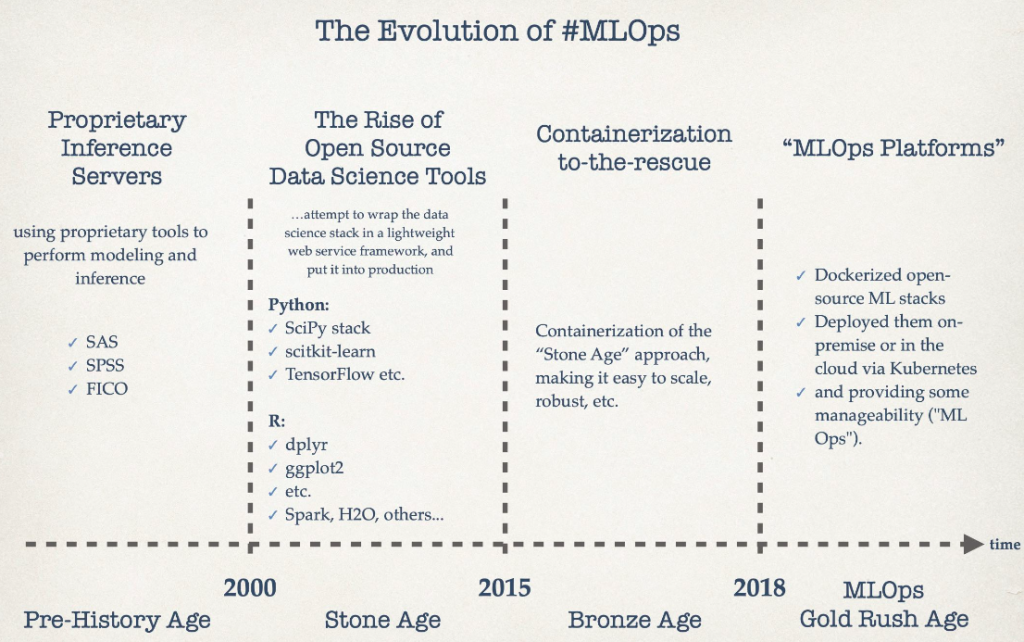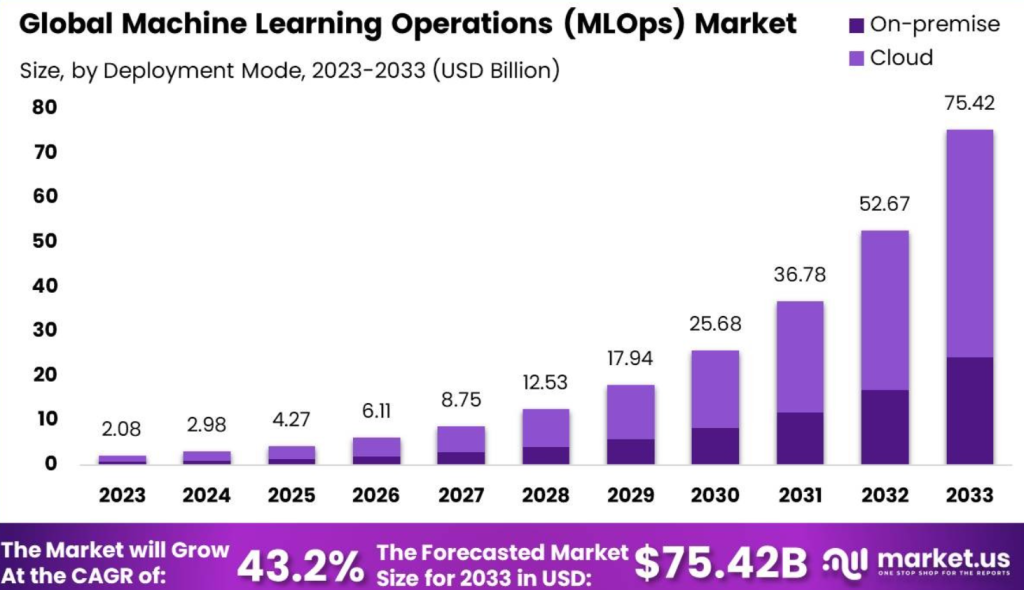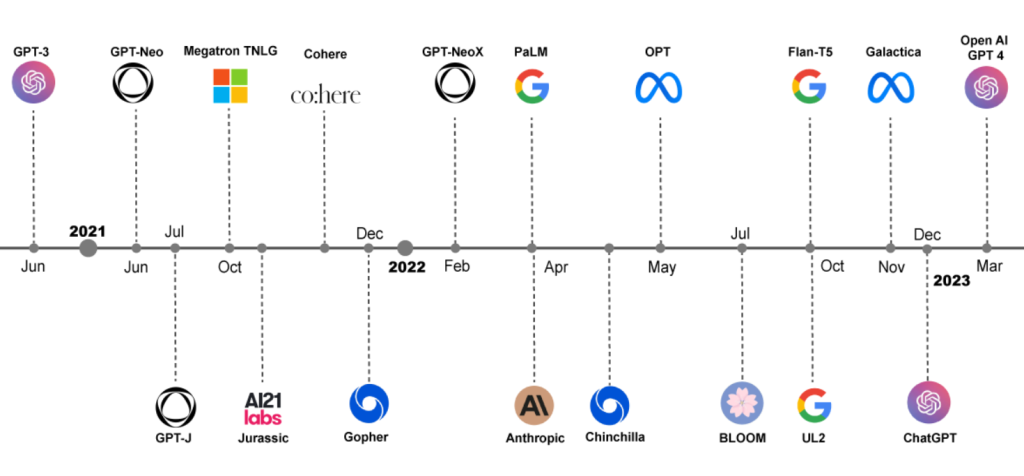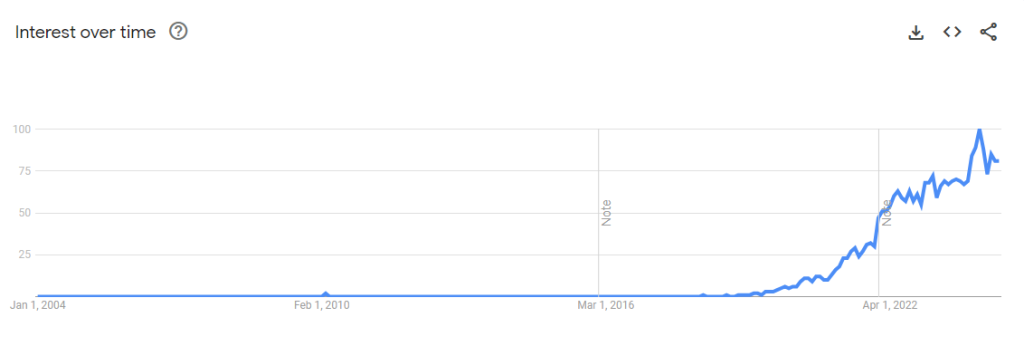
Evolution and Timeline of MLOps
MLOps (Machine Learning Operations) has emerged as a critical discipline in the deployment and management of machine learning models. Its evolution can be traced back through several key developments in both the fields of machine learning and software engineering. Below is a timeline highlighting the key milestones and developments that have shaped the evolution of MLOps.

1990s – Early 2000s: The Foundation of Machine Learning
- Machine Learning in Research: During this period, machine learning was primarily a field of academic research. Models were developed in isolated environments with small datasets, often as proofs of concept rather than for production use.
- Siloed Workflows: Data scientists worked separately from software engineers, focusing on model development without a clear path for production deployment.
2000s: The Rise of Big Data
- Big Data Explosion: The advent of big data technologies enabled organizations to collect and process large volumes of data, which in turn fueled the development of more complex machine learning models.
- Challenges of Scale: As datasets grew larger, the need for scalable model training and deployment solutions became apparent. However, these challenges were typically addressed on an ad-hoc basis, without standardized processes.
2010 – 2015: Influence of DevOps and the Need for CI/CD in ML
- DevOps Revolution: The widespread adoption of DevOps practices transformed software development, emphasizing automation, continuous integration, and continuous deployment (CI/CD).
- Emergence of the Need for MLOps: As machine learning models began to be deployed in production environments, the need for DevOps-like practices in ML became evident. The idea of integrating machine learning workflows with CI/CD pipelines started to take shape.
- Manual ML Processes: During this period, most ML processes were still manual. Model deployment, monitoring, and retraining were time-consuming and error-prone, leading to inefficiencies.
2016 – 2017: Early MLOps Practices and Tooling
- Early MLOps Concepts: The term “MLOps” began to surface as organizations started applying DevOps principles to machine learning. Early adopters experimented with automating parts of the machine learning lifecycle, including model training, testing, and deployment.
- Introduction of Specialized Tools: Open-source tools like TensorFlow Extended (TFX) and Apache Airflow started gaining traction, providing frameworks for managing ML workflows and pipelines.
- Data Versioning and Model Reproducibility: The need for version control in datasets and models became apparent, leading to the development of tools like DVC (Data Version Control) and MLflow.
2018: Formalization of MLOps
- Formal Definition: The term “MLOps” was formally defined, drawing direct parallels with DevOps but focusing on the specific needs of machine learning workflows.
- Cloud Integration: Major cloud providers like AWS, Google Cloud, and Microsoft Azure began offering services specifically designed for MLOps, such as AWS SageMaker, Google AI Platform, and Azure ML. These platforms provided managed services for model training, deployment, and monitoring.
- End-to-End MLOps Platforms: The concept of end-to-end MLOps platforms emerged, offering integrated solutions for managing the entire machine learning lifecycle, from data ingestion to model monitoring in production.
2019 – 2020: Rapid Adoption and Maturity
- Widespread Adoption: MLOps practices became widely adopted across industries as organizations recognized the importance of scalable and reliable machine learning operations.
- Advanced CI/CD Pipelines for ML: Organizations started implementing advanced CI/CD pipelines that included steps like automated data validation, model validation, and continuous retraining of models.
- MLOps Maturity Models: The development of MLOps maturity models helped organizations assess their progress in implementing MLOps practices and provided a roadmap for advancing their capabilities.
- Rise of AutoML: Automated Machine Learning (AutoML) tools gained popularity, helping to automate the selection of models, hyperparameter tuning, and feature engineering, further integrating into MLOps workflows.
2021 – 2022: Expansion and Innovation
- Edge MLOps: The deployment of machine learning models on edge devices (e.g., IoT devices, mobile applications) required new MLOps practices for managing distributed and resource-constrained environments.
- Responsible AI: The focus on ethical AI and responsible ML practices led to the integration of fairness, accountability, and transparency into MLOps pipelines, ensuring that models deployed in production are not only effective but also ethical.
- AI-Driven MLOps: AI and machine learning began to be used to optimize MLOps processes themselves, such as automating model monitoring, anomaly detection, and alerting.
2023 and Beyond: The Future of MLOps
- Full Automation of the ML Lifecycle: The continued development of tools and platforms aims to fully automate the machine learning lifecycle, including data ingestion, model training, deployment, and monitoring, making MLOps a fully automated and intelligent process.
- Integration with AI and ML Advancements: As machine learning models become more complex and integrate with AI advancements like generative models and reinforcement learning, MLOps practices will evolve to handle these new challenges.
- Scalability and Globalization: MLOps will continue to scale, supporting increasingly complex and global machine learning deployments across various industries, including finance, healthcare, retail, and autonomous systems.
- MLOps as a Standard Practice: MLOps is expected to become a standard practice across industries, with organizations viewing it as a critical component of their AI and machine learning strategies.

Conclusion
The evolution of MLOps has been driven by the need to manage the complexity of machine learning models in production environments effectively. From its roots in DevOps and the challenges of big data, MLOps has grown into a critical discipline that ensures the reliability, scalability, and efficiency of machine learning deployments. As technology continues to advance, MLOps will play an increasingly important role in the widespread adoption and success of machine learning across industries. The future of MLOps will likely see further integration with AI, enhanced automation, and a continued focus on ethical and responsible AI practices.

I’m a DevOps/SRE/DevSecOps/Cloud Expert passionate about sharing knowledge and experiences. I am working at Cotocus. I blog tech insights at DevOps School, travel stories at Holiday Landmark, stock market tips at Stocks Mantra, health and fitness guidance at My Medic Plus, product reviews at I reviewed , and SEO strategies at Wizbrand.
Do you want to learn Quantum Computing?
Please find my social handles as below;
Rajesh Kumar Personal Website
Rajesh Kumar at YOUTUBE
Rajesh Kumar at INSTAGRAM
Rajesh Kumar at X
Rajesh Kumar at FACEBOOK
Rajesh Kumar at LINKEDIN
Rajesh Kumar at PINTEREST
Rajesh Kumar at QUORA
Rajesh Kumar at WIZBRAND

